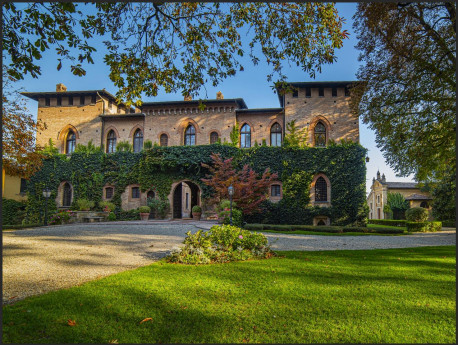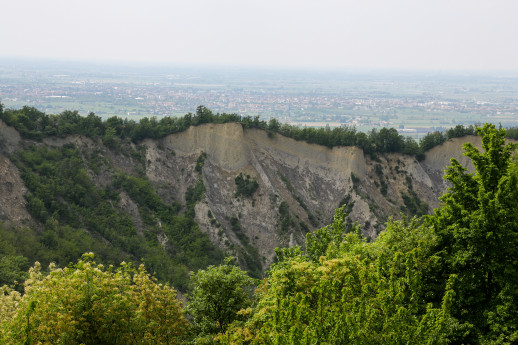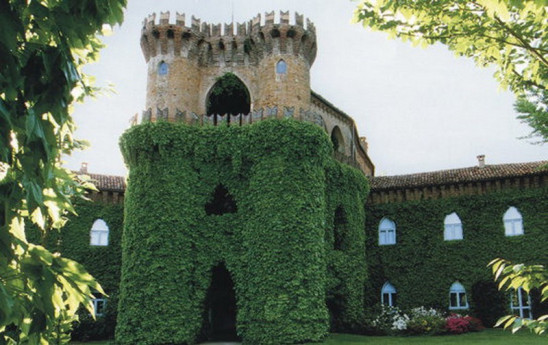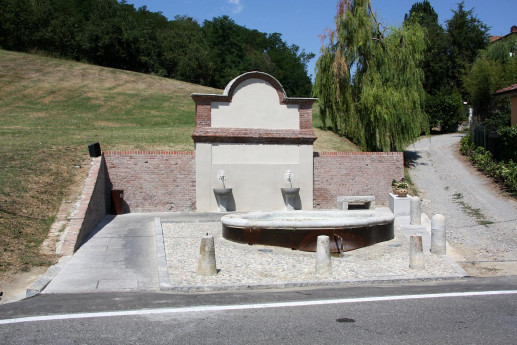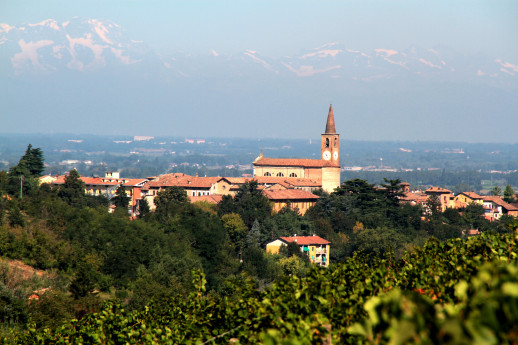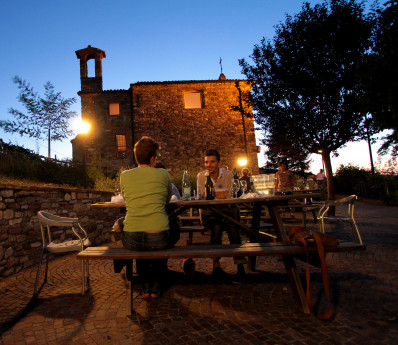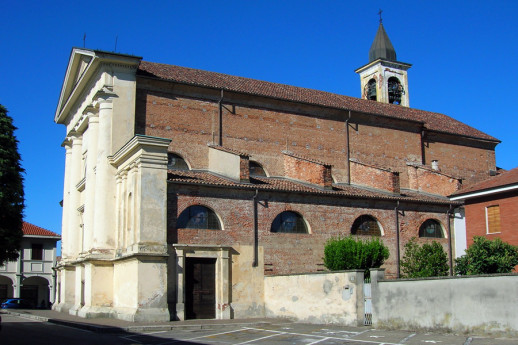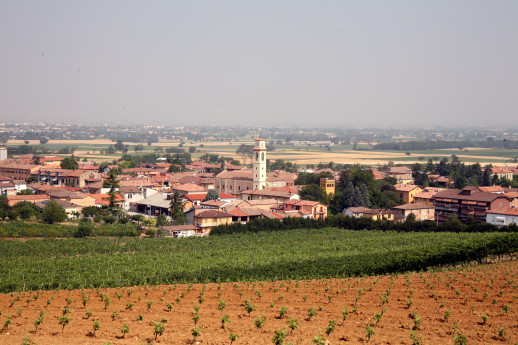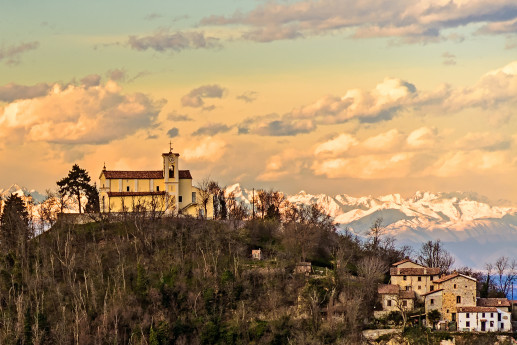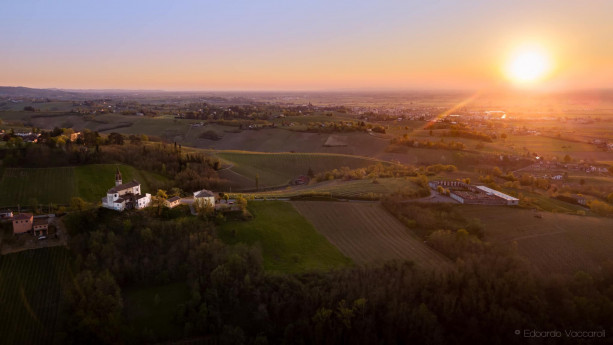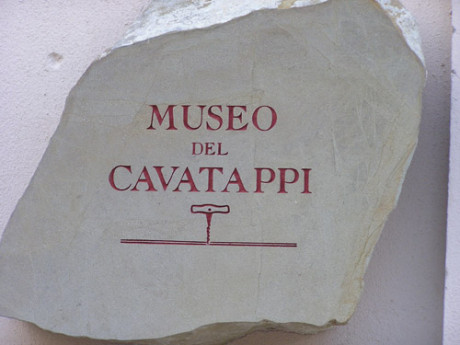Cervesina
Cervesina is located in the plains of Oltrepò Pavese, on the right bank of the Po River, near the confluence of the Staffora stream, just a few kilometers from Voghera. The Parish Church of San Lorenzo is one of the main places of worship in the town, housing precious works of art. The Castle of San Gaudenzio is an imposing structure that captivates visitors with its history and evocative appearance. Cervesina and San Gaudenzio were once two separate municipalities; during the Middle Ages, San Gaudenzio was more important, especially from a religious perspective, as it was the seat of a pleban church overseeing several surrounding villages. The Castle of San Gaudenzio, a historical oasis of Lombard heritage, has preserved the charm of the place and the sweetness of life through time. Its history is intertwined with the Visconti family and the fate of Pavia: it is a complex dating back to the 1400s that belonged to numerous noble families (the Beccaria, Taverna, and Trotti families) who passed down its grandeur. Originally a place for hospitality and rest, hosting balls, banquets, and celebrations, the castle has naturally retained this role as a splendid hotel full of charm. Inside the castle, you will find beautiful red and black marble fireplaces, furniture, portraits, and decorations dating from the 1500s to the 1700s. Adjacent to the castle is the ancient church dedicated to San Gaudenzio. What was once a place of delights for a few privileged individuals has today become a pleasant gathering spot for anyone looking to enjoy the subtle charm of the Oltrepò Pavese countryside, just a short distance from the bustling industrial cities. The idea of giving a new purpose and social utility to the remains of this glorious castle led to the creation of the Ristorante San Gaudenzio within the ancient fortress. Continuing this tradition, the castle offers a series of rooms and apartments, elegantly furnished and equipped with modern amenities. The sobriety, elegance, and harmony of the castle are reflected in the adjacent park-garden, which complements the 15th-century structure. The recently created garden has significant features of 17th-century design, representing a period of not only ideological transition but also stylistic change. The garden, once strictly geometric and Renaissance in style, is gradually transforming into a park, offering a sense of liberation and vitality. Tall trees, flowering shrubs, and fruit-bearing plants create the floral composition of this space. Conifers and broadleaf trees alternate, enhancing the visual appeal of the area. Statues, a pergola, and a temple contribute to the artistic elements of the park. Along the entrance to the castle and beside the old moat, imaginative flowerbeds offer an example of "Ars Topiaria."
